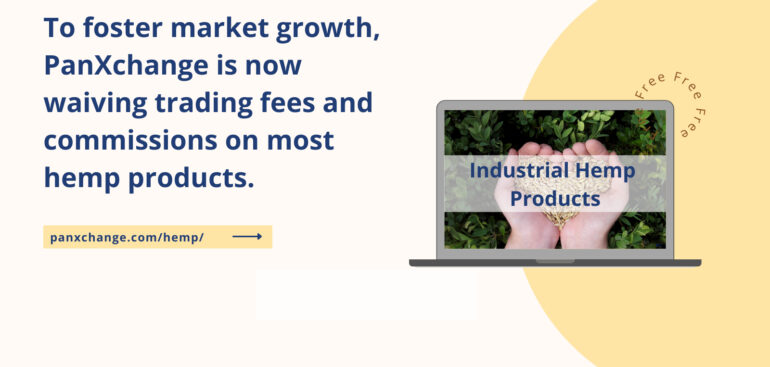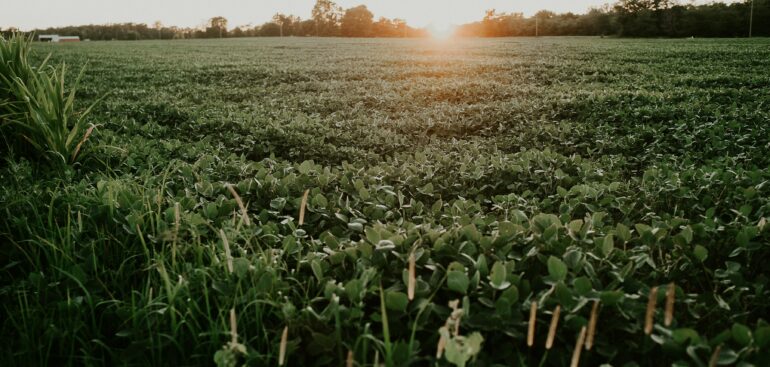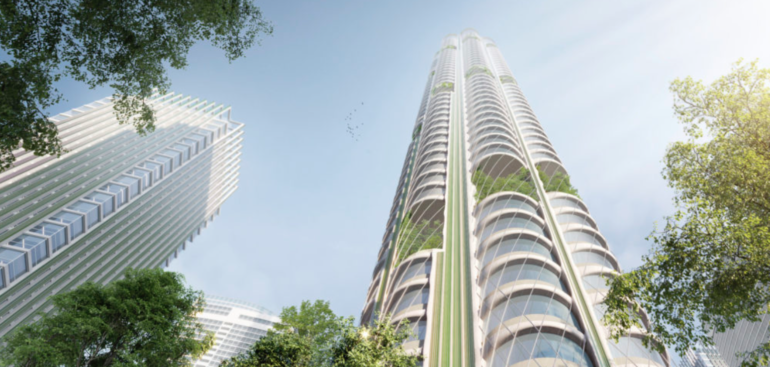We are proud to have advised The Hemp Team (IND Hemp) with project management, technical, and commercial content for their submission for the $100 MM Carbon Removal XPRIZE, which recently named us as 1 of the top 287 contenders qualified globally!
In the latest and one of the most substantial grant opportunities released this year for agriculture-related ESG work, The USDA announced on February 7th; “the USDA is committed to supporting a diverse set of farmers, ranchers, and forest owners through climate solutions that increase resilience, expand market opportunities and strengthen rural America. The new Partnerships for Climate-Smart Commodities opportunity provides up to $1 billion for pilot projects that create market opportunities for commodities produced using climate-smart practices. USDA is now accepting project applications for the fiscal year 2022.”
Environmentally conscious practices are necessary for the protection of our shared planet. This is an increasingly popular issue stressed by corporations, investors, government, and the general public. However, as a consequence, this often shines an unflattering light onto industries that have fueled human prosperity such as energy, transportation, and infrastructure due to their substantial carbon footprint.
February 14, 2022, Denver, CO. PanXchange today announced the opening of its industrial hemp trading platform to any qualified growers, processors, CPG manufacturers, and trade houses (non-brokers), waiving registration fees and commissions. Julie Lerner, PanXchange’s CEO explains, “Growth of the hemp industry has suffered tremendously since legalization, due to overproduction, competition and subsequent M&A, and stigma in mainstream agriculture, topped off by a global pandemic. However, we fully believe in hemp’s future as an industrial product and we wanted to do our part to support the community. As such, we decided to waive registration and commissions on all cannabinoid trading and semi-processed fiber.”
Like many crops before it, hemp can be bred and cultivated to optimize a single primary application; fiber, grain, or CBD. Unlike the cropsbefore it, however, hemp has had problems with stigma, and years of prohibition which prevented applications from being developed sooner. This lack of global use and infrastructure has resulted in highly specialized genetics in terms of application and growing regions. Now, our industry must adapt to keep up with the changing technology and infrastructure.
Due to time constraints and the incentive to produce credits as fast as possible (prices rising), offset project developers (read: farmers who want to generate carbon offset credits) may elect to start a project and verify via a 3rd party later (rather than the traditional route of verifying before starting). However, while this may give farmers a head start, it should be noted that no credits can be issued before the verification step (and subsequent steps) are completed.
The most basic framework to generate carbon offset credit as per the Clean Development Mechanism (CDM) guidelines is as follows…
ESG interest, by way of carbon offset credits, is booming in various industries, spanning energy, infrastructure, transportation, and even agriculture. However, there are unique barriers to an efficient market for carbon credits from agriculture, particularly those derived from croplands.
During the United Nations’ COP26 climate conference in early November, engineering and architectural design firm Skidmore, Owings & Merril (SOM) unveiled Urban Sequoia – a concept to regenerate the environment via buildings that “act like trees” and sequester carbon.
PanXchange is building a more robust and efficient market for voluntary carbon removal credits derived from croplands. Despite surging demand for “nature-based” credits from croplands, time to market, total costs, lack of market liquidity, and inability to manage price risk are currently prohibitive factors for farmers. Our team aims to alleviate these issues, thus mobilizing investment to combat climate change and rewarding farmers for regenerative practices.









